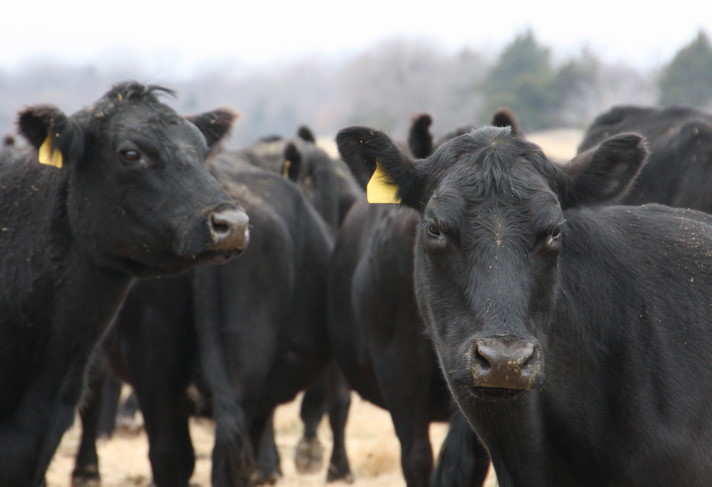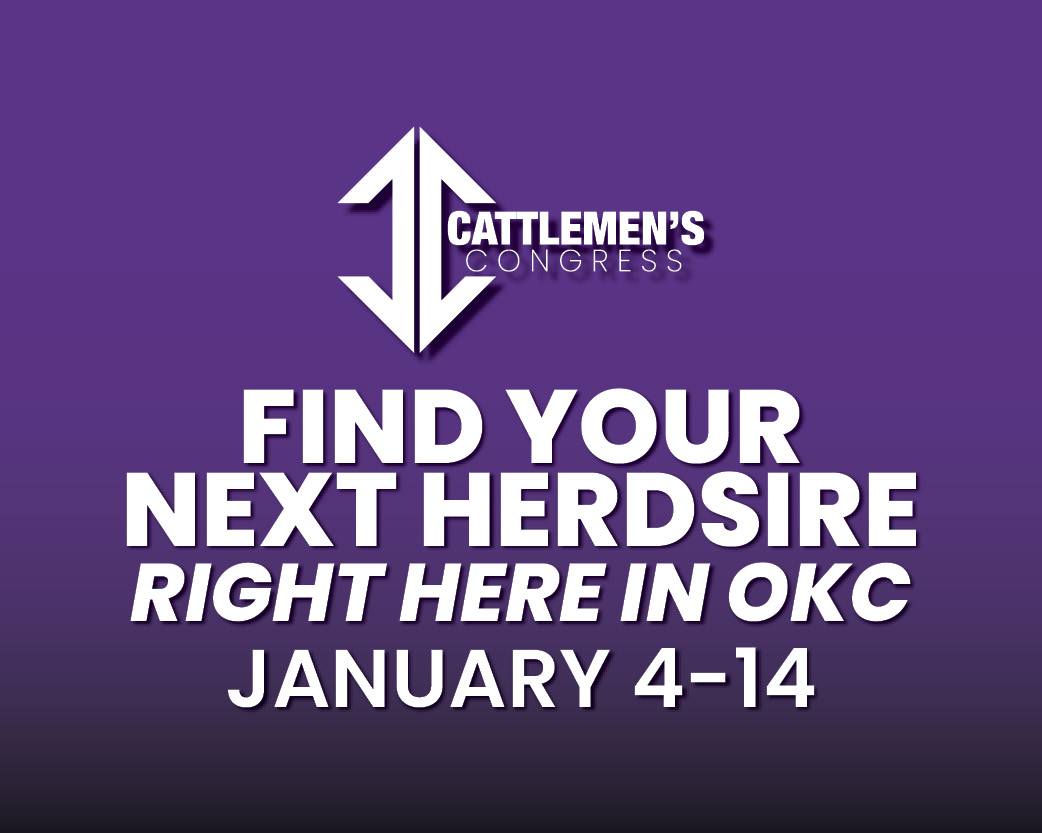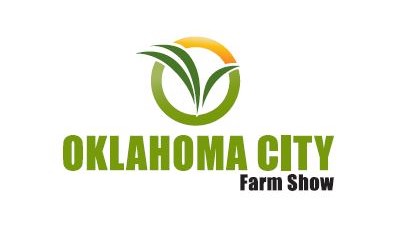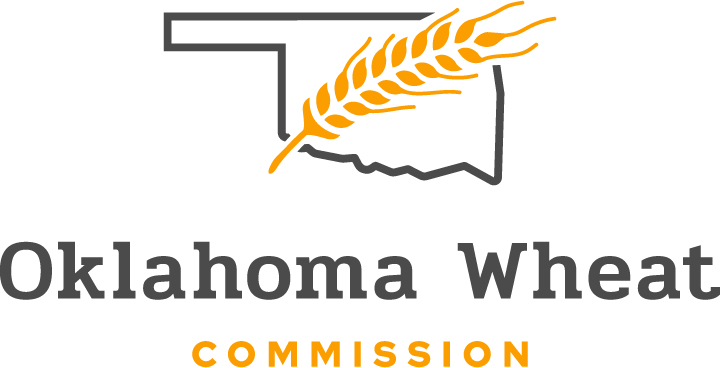
Beef Buzz News
OSU Livestock Market Economist Derrell Peel Expects Slightly Bigger Beef Cow Number as of January First
Wed, 27 Dec 2017 08:25:13 CST
 The annual U.S. cattle inventory numbers in the January report are eagerly anticipated, not only to confirm what happened to the nation's beef cow herd in 2017 but for indications of what lies ahead in 2018.
The annual U.S. cattle inventory numbers in the January report are eagerly anticipated, not only to confirm what happened to the nation's beef cow herd in 2017 but for indications of what lies ahead in 2018.
Derrell Peel, Oklahoma State University Cooperative Extension livestock marketing specialist, said America's beef cow herd began its recent expansion in 2014, growing 0.75 percent followed by more significant growth in 2015 of 2.95 percent and in 2016 at 3.46 percent. Peel is today's Beef Buzz guest- as he talks with Radio Oklahoma Ag Network Farm Director Ron Hays about what the next Beef Cow number may look like.
"From the January 2014 low of 29.1 million head, the herd has expanded by 2.1 million head to the January 2017 level of 31.2 million head," he said. "There are numerous indicators beef cow herd expansion continued in 2017 but we won't know for sure until the cattle inventory report issued by USDA's National Agricultural Statistics Service in late January."
The potential for herd growth starts with available replacement heifers. On Jan. 1, 2017, some 6.4 million replacement heifers were reported, representing 20.6 percent of the beef cow inventory.
"This was the third-largest replacement heifer percentage, down slightly from the two prior years," Peel said. "Of the total replacement heifers, 4 million were expected to calve in 2017. This was a record number of reported heifers calving since this data became available in 2001."
Peel explains these numbers confirm considerable potential for herd expansion and indicated producer intentions to continue adding to cow inventories. The great unknown is whether producers adjusted their intentions during the year.
"Open replacement heifers can be easily diverted into feeder markets if producers' expectations change," he said.
Changes in the beef cow herd are a function of the pace of heifer retention relative to the pace of cull cow slaughter. Heifer slaughter provides a delayed indication of heifer retention. Year-to-date heifer slaughter through late November was up 12.3 percent year over year. This follows the jump in quarterly heifers on feed, up 10.6 percent in July and 13 percent year over year in October.
"Even with the increase in heifer slaughter, the ratio of steer-to-heifer slaughter remains well above historic levels," Peel said. "Heifer slaughter was squeezed dramatically in 2015 and 2016. Although it is increasing, it has yet to return to normal levels relative to steer slaughter."
Beef cow slaughter increased 10.1 percent in 2017 through late November. This follows a 13.7 percent year-over-year increase in cow slaughter in 2016.
"Part of the increase in cow slaughter was caused by herd growth since 2014," Peel said. "As with heifer slaughter, beef cow slaughter was sharply reduced from 2014 through 2016 as a part of jumpstarting herd expansion."
Net beef cow culling was a record low 7.6 percent in 2015. Sustained below-average culling rates in 2014 through 2016 were possible following above average culling rates from 2008 through 2013. This included drought-forced liquidation that removed many older cows and allowed a period of reduced culling as herd expansion began.
"If the current beef cow slaughter pace continues through the end of the year, the 2017 beef cow culling rate will be 9 percent, still below but close to the long term average of 9.6 percent," Peel said. "In other words, the industry is returning to normal beef cow culling rates. Both heifer and beef cow slaughter are consistent with continued but slowing herd expansion."
Peel believes there is little doubt herd expansion continued in 2017, albeit at a slower pace than 2016. The jump in heifer and beef cow slaughter both reflect a return to more typical relative slaughter rates.
"I'm currently estimating the 2018 beef cow herd will be up 1.5 to 2 percent over January 2017," he said. "Expansion rates above or below this level are possible, though expansion above 2.5 percent is difficult to reconcile with current numbers."
The Beef Buzz is a regular feature heard on radio stations around the region on the Radio Oklahoma Network and is a regular audio feature found on this website as well. Click on the LISTEN BAR below for today's show and check out our archives for older Beef Buzz shows covering the gamut of the beef cattle industry today.
WebReadyTM Powered by WireReady® NSI
Beef News





